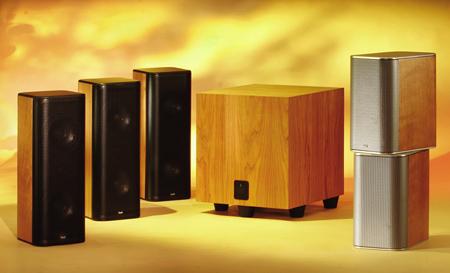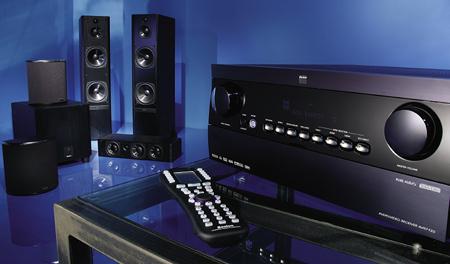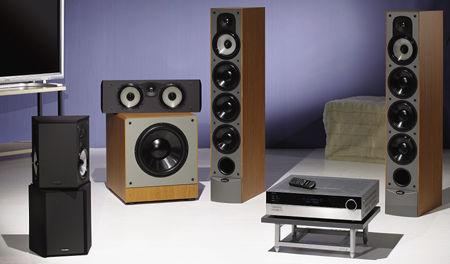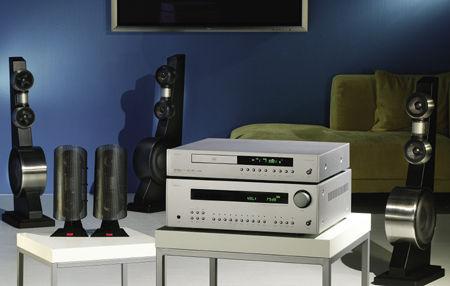Steve Guttenberg
|
Dec 02, 2005
|
Nov 22, 2005
|
Jul 20, 2005
|
Apr 17, 2005
|
Mar 18, 2005
Anthony Gallo Acoustics Reference 3 Speaker System and Arcam AVR300 A/V Receiver and DV79 DVD Player
|
Dec 14, 2004 |
Published: Dec 15, 2004
|
Dec 14, 2004 |
Published: Dec 15, 2004














